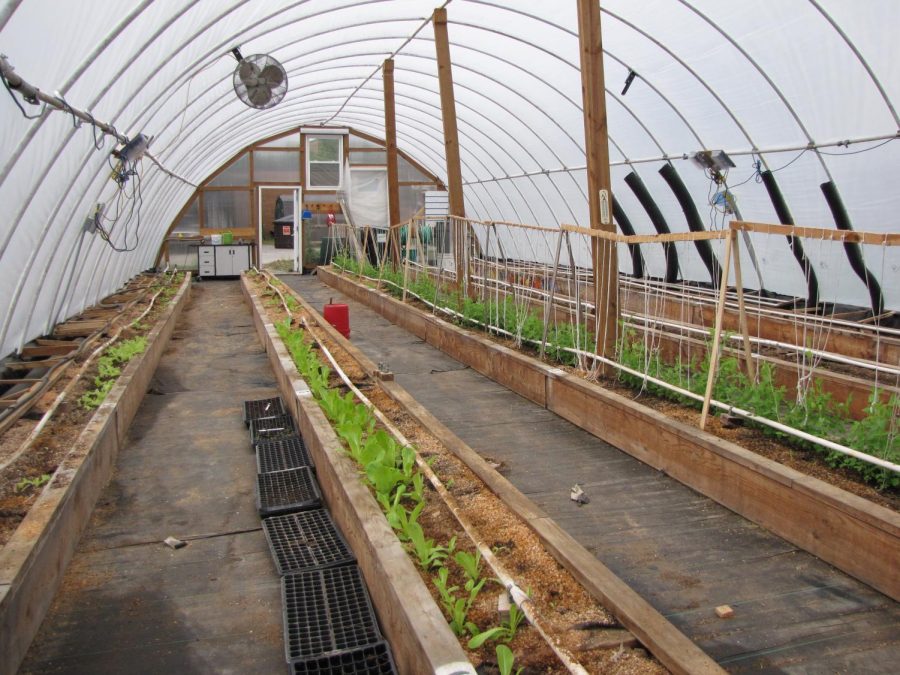Greenhouse Blog 5- Water and watersheds
Ally Francisco- The importance of water
The amount of water on Earth is the same now as it was 4.4 billion years ago. However, it is just in different conditions due to our immense and still growing world population. Water is located in different parts of the planet, more in some locations compared to others. This creates places that are too dry and other places that are too wet. Many water sources are polluted too, so less water can be used efficiently.
Water is the reason your plants will either grow efficiently or drastically die off. The right amount of water is an essential part of a successful garden. Water for gardening is a large part of the overall water consumption around the world. In the state of Florida, 40-50% of all water consumption comes from outdoor irrigation alone.
How can we decrease that percentage? Well, if you add just a 2-inch layer of mulch to your garden, you can decrease the need for water from your plants from a day to a couple of days. Another way is by using the watering method of drip irrigation. You can buy drip irrigation kits which are inexpensive and easy to install as well. A rain barrel is another way to save water when the rain comes. It may not be enough water to water your lawn, but it will be plenty to water your vegetable garden. This way we can save our planet’s clean water resources as well as lower your water bill.
Nicole Marco- Environmentally friendly fall clean-up
In Michigan, it is very hard to avoid fall clean-up. As soon as the first frost hits, leaves pile up in backyards and garden plants start to die off. There are many different approaches to dealing with your yard in the fall —some more environmentally friendly than others.
One common way to quickly get rid of dead plant material and fallen leaves is to burn them. Burning leaves releases harmful substances for both people and the environment. For example, the allergens, such as mold, released into the air from burning can irritate the respiratory tract of those allergic and result in trouble breathing. Also, the soot released into the air can cause acidification of local watersheds. When the leaves fall on your lawn, another popular reaction is to just leave them. Again, this is not a wise solution because in many cases, the dampness of the leaves will cause the underlying grass to die, and mold or fungus to grow in its place. One final way you should not dispose of fall yard waste is to rake or blow them to the edge of your property or towards the street. This will clog storm drains as the leaves are washed into the gutters. The fertilizers and pesticides on these leaves then enter the water system depleting the oxygen content of water.
Although leaves may be a hassle in the fall, they can be used again in the spring. If you mulch the leaves with your mower and bag up the remnants, they can be repurposed as mulch for your flowerbeds in the spring. This is a great, inexpensive way to make your yard look tidy without the environmental cost of the chemicals in traditional mulch. Another way to dispose of your leaves is to compost them. The soil produced by the beginning of spring is nutrient-dense and a more eco-friendly way to prevent growth than traditional fertilizers.
